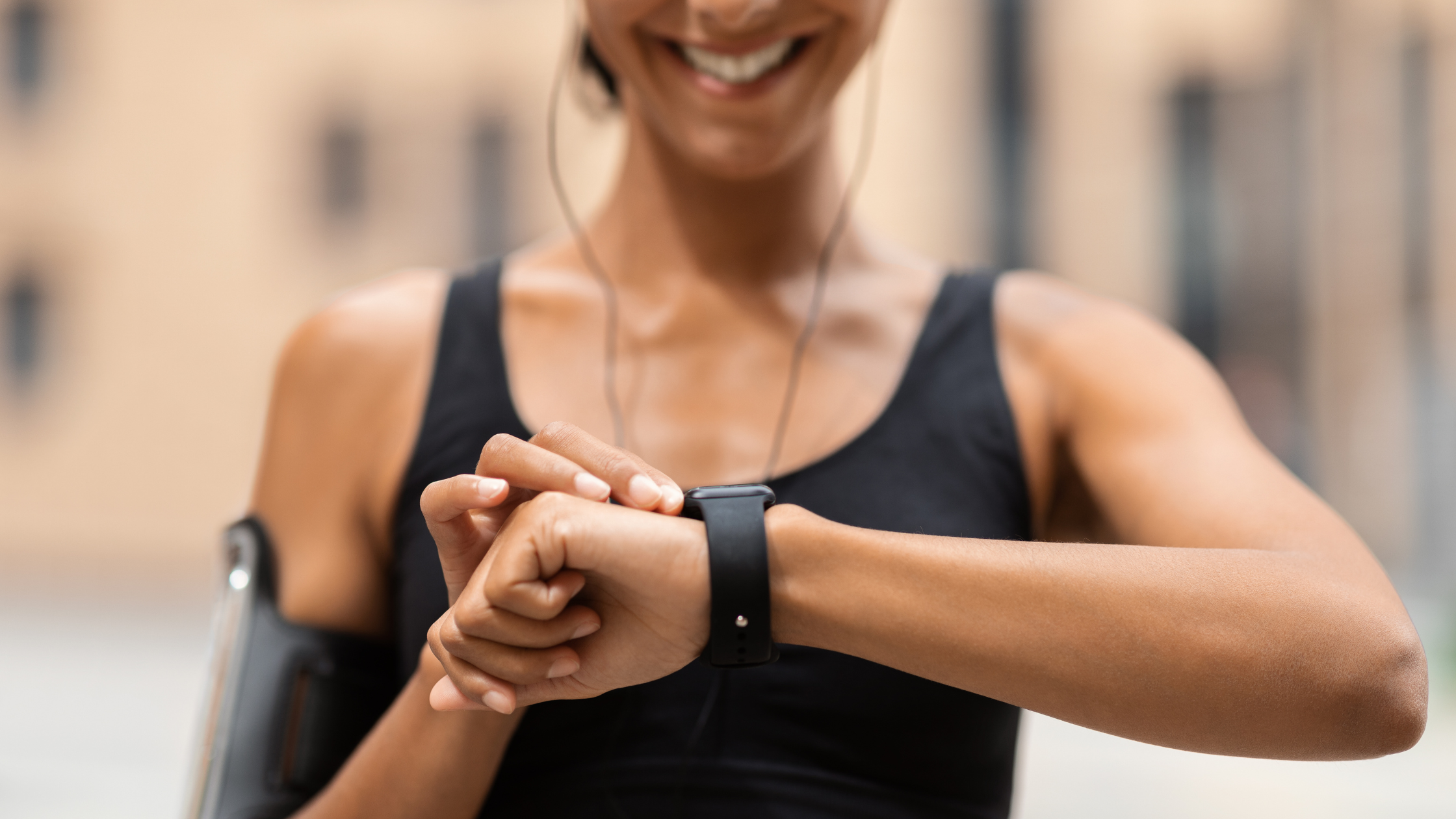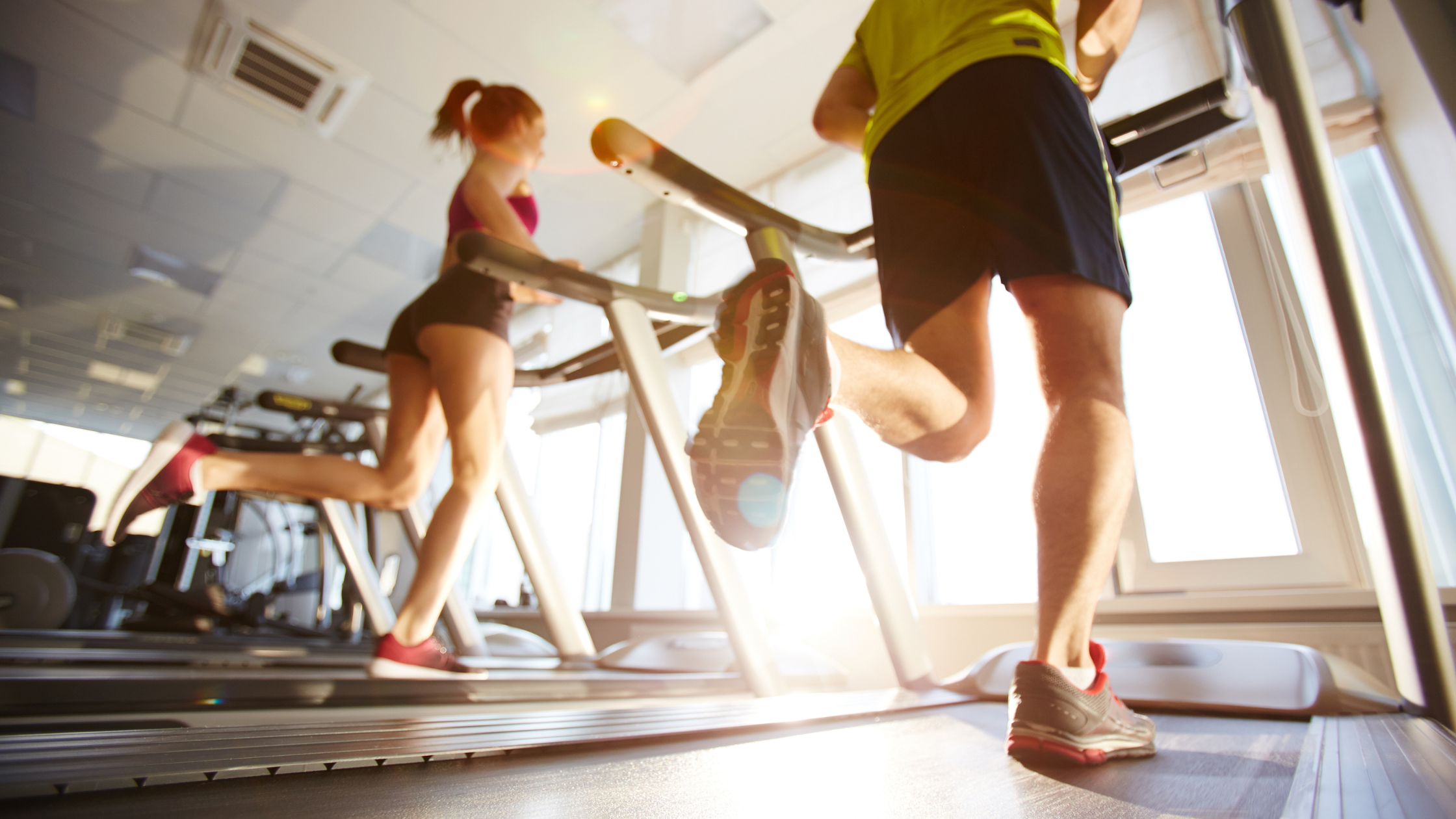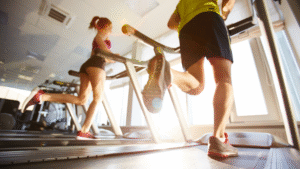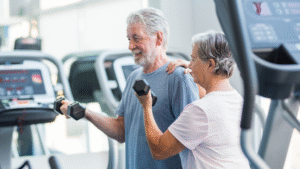When it comes to high-tech wellness, two therapies have surged in popularity: infrared saunas and red light therapy. Both involve light (or heat) to heal and rejuvenate the body, and both are beloved by biohackers for enhancing recovery. But they’re not the same thing. So, which one is better for muscle recovery and overall wellness – sitting in a toasty infrared sauna or basking under red LED lights? Let’s compare infrared sauna vs red light therapy to understand their differences, benefits, and how to choose the right modality for your recovery needs.
Infrared Saunas: Warm Up for Whole-Body Recovery
What it is: An infrared sauna is an enclosure (like a traditional sauna) but uses infrared heaters to emit light waves that heat your body directly, rather than superheating the air. Infrared saunas operate at gentler temperatures (often ~120–150°F or 50–65°C) compared to conventional saunas, but the infrared penetrates deeper into tissues. There are three types: near, mid, and far infrared, each with slightly different depth and benefits – many saunas use far-infrared for deep heating.
How it aids recovery: Sitting in an infrared sauna causes you to sweat and your heart rate to increase – it’s almost like a passive cardio workout. This leads to increased circulation, delivering more oxygen and nutrients to muscles. Research shows that infrared sauna sessions can speed up muscle recovery by improving blood flow and reducing soreness. The heat also helps relax tight muscles and joints, providing pain relief. One study equated a sauna session’s effects to moderate exercise in terms of heart rate and blood vessel dilation. More circulation means faster removal of metabolic waste from exercise, aiding recovery.
Infrared saunas also promote deep relaxation. The warmth can lower stress hormones and induce a calm state. This has an indirect benefit on recovery: when you’re relaxed, your body is in a parasympathetic (rest-and-digest) state, ideal for healing. Regular sauna use has been linked to decreased stress, improved mood, and better sleep – all factors that contribute to better recovery overall.
Additional benefits: Beyond muscle recovery, infrared saunas have other perks. They can improve cardiovascular health (studies show they may lower blood pressure with regular use) and help detoxification through sweating. Many people report clearer skin and a sense of well-being after consistent sauna use. There’s even research suggesting frequent sauna bathing is associated with a lower risk of certain chronic illnesses, likely due to the cardiovascular and stress-reduction effects.
Pros: Relaxing, full-body treatment; helps with systemic recovery, sleep, and stress relief. Great for warming up the body (some athletes use a short sauna as a warm-up to loosen muscles). Can be enjoyed socially or as a meditative time.
Cons: Requires access to a sauna (can be at a spa/gym or home unit which can be costly). Some people find any sauna (infrared or traditional) uncomfortable or claustrophobic. Also, you need to allot ~20-30 minutes and then shower after due to sweating. If you’re extremely heat-sensitive or have conditions like low blood pressure, caution is needed.
Red Light Therapy (Photobiomodulation): Light for Targeted Healing
What it is: Red light therapy (RLT), or photobiomodulation, involves exposing your body to low-level red and near-infrared light, usually from LED panels or lasers. The light isn’t hot – you barely feel anything – and sessions last around 10-20 minutes. The wavelengths commonly used are in the red (visible, ~660 nm) and near-infrared (invisible, ~800-850 nm) range.
How it aids recovery: Red and NIR light can penetrate skin and even into muscle tissue. These wavelengths interact with mitochondria in cells (the energy powerhouses), essentially boosting cellular energy (ATP) production. More cellular energy means cells can repair and regenerate faster. RLT also stimulates blood flow (though not as dramatically as heat does) by triggering the release of nitric oxide, which dilates blood vessels.
The combined effects of red light therapy have been shown to accelerate tissue healing and reduce inflammation. For muscle recovery, some studies found that athletes who used red light therapy had less soreness and recovered strength faster after intense workouts than those who didn’t. It’s even used in physical therapy settings for injuries – for example, to help heal a tendon or muscle strain. Unlike sauna, RLT is very targeted: you can shine the light on a specific muscle group or joint that needs attention.
A big benefit of RLT is that it does all this without stressing the body (no heat, no cardiovascular load). So you can use it pretty much anytime, even immediately after a workout, to jumpstart recovery at the cellular level. It’s sometimes used pre-workout too, as some evidence suggests it might reduce muscle fatigue if used before exercise (by maximizing cells’ energy readiness).
Additional benefits: RLT is famous for skin health – it stimulates collagen production, helping with skin repair, reducing wrinkles, and healing wounds. It’s also being explored for reducing joint pain in arthritis, improving cognitive function (when used on the head for brain health), and even boosting mood (some use near-infrared light for possible benefits in depression or anxiety). It’s quite the multi-tool for wellness.
Pros: No sweat, no discomfort. Very specific – you can treat where you need it most. Short treatment times. Devices can be used at home relatively easily (panels, light beds, or handheld devices are available in a range of prices). Safe and no known significant side effects, aside from not looking directly at very bright LEDs.
Cons: To treat the whole body, you need a large panel or multiple panels, which can be expensive. If using a small device, you treat one area at a time, which takes a bit of dedication. Also, results can vary with dosage – too little might not help, too much and you hit diminishing returns (so you need to follow device guidelines). Unlike sauna, you won’t get that relaxed, meditative experience as much – it’s a bit more clinical (you stand or sit in front of a panel of lights).
Which is Better for Recovery?
Now the big question: infrared sauna vs red light therapy – which wins for muscle recovery? The answer depends on what aspect of recovery you’re looking at and personal preference:
Muscle Soreness & Repair: Both have been shown to help, but through different mechanisms. If your priority is to reduce soreness and heal muscles faster, red light therapy might have a slight edge in directly enhancing muscle fiber repair and reducing inflammation locally. For example, using a red light panel on your quads after leg day could help them recover faster. Infrared sauna will also reduce soreness by boosting circulation and promoting relaxation, but it’s more of an indirect aid.
Systemic Recovery & Relaxation: Here, infrared sauna shines. It’s a full-body experience that not only helps muscles but also chills out your mind (paradoxically by heating you up!). If you’re stressed, not sleeping well, or feeling generally achy, a sauna session might offer more holistic relief in one go. Sauna’s benefit on sleep quality can in turn enhance recovery – remember, muscles recover primarily during deep sleep.
Convenience & Frequency: Red light therapy can be done daily, even multiple times a day on different areas, with virtually no strain on the body. Infrared sauna, while it can be done frequently, is usually used a few times a week due to the time commitment and heat stress. If you want something you can do every day for 10 minutes to keep your recovery on point, RLT is easier to fit in. If you prefer a longer session a few times a week that covers everything, sauna is great.
Additional Health Goals: If your goals extend beyond muscle recovery – say you also want skin improvement, detox, cardiovascular benefits – infrared sauna gives those in one package (and yes, it even has some overlapping red light in the IR spectrum). If you’re more focused on specific areas (like healing a tendon, or improving skin on your face, or targeting lower back pain), red light therapy lets you zero in on those.
In an ideal world, you’d use both – perhaps sauna after training for relaxation and whole-body recovery, and red light on specific problem areas (like a nagging injury or for extra muscle recovery boost). In fact, the two aren’t mutually exclusive at all; many recovery clinics offer an infrared sauna followed by red light therapy as a one-two punch.
However, if we must choose:
For the everyday athlete or fitness enthusiast looking for clear muscle recovery gains: Red Light Therapy might be slightly better just for muscle recovery due to the direct effect on muscle tissues and inflammation. It’s also accessible to do at home with a device.
For the overall wellness seeker or someone with heavy training and stress: Infrared Sauna might feel more rewarding because it tackles recovery from multiple angles (muscles, mind, detox, etc.).
Making Your Choice
Consider practical factors: Do you enjoy heat and sweating? If yes, you might love an infrared sauna routine. Do you have access to a sauna easily? If not, a one-time investment in a red light panel for home might serve you more in the long run. Also, consider time – a sauna session including prep and shower might be 45 minutes, whereas red light could be 10-15 minutes and you’re done.
From a cost perspective, home infrared sauna units (or blankets) and large red light panels are in a similar price ballpark ($500 and up, easily). Many spas offer sessions for both if you want to try before committing.
Conclusion: Both infrared saunas and red light therapy are excellent, scientifically supported tools for recovery. They actually complement each other more than compete. If you have to pick one for recovery: choose infrared sauna if you value whole-body relaxation, detox, and don’t mind the heat; choose red light therapy if you want a quick, targeted recovery method that slots easily into a busy schedule. Either way, you’ll be leveraging the power of light to help your body bounce back faster – a true biohacker’s approach to recovery!












